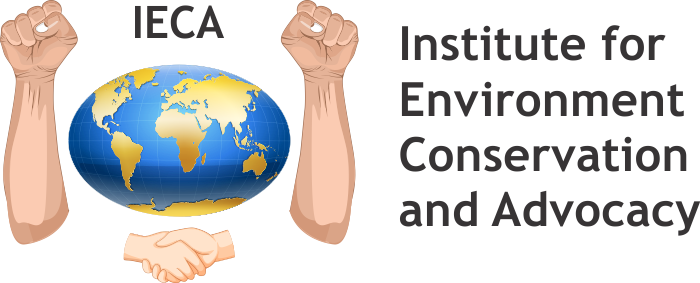Implementing environmental campaigns through educational institutions is an effective way to raise awareness, promote behavior change, and mobilize action on environmental issues. Here's how to organize environmental campaigns within educational institutions:
- Identify Key Issues: Identify environmental issues that are relevant to the local context and resonate with students, staff, and the broader community. Prioritize issues such as waste reduction, energy conservation, water conservation, biodiversity conservation, climate change mitigation, or pollution prevention.
- Campaign Planning: Develop a campaign plan outlining campaign goals, target audience, messaging strategies, activities, timeline, and resources needed. Engage students, teachers, administrators, and other stakeholders in the planning process to ensure buy-in and support.
- Education and Awareness: Raise awareness about the chosen environmental issue through educational materials, workshops, presentations, and awareness-raising activities. Provide information about the causes and impacts of the issue, as well as practical tips and solutions for taking action.
- Behavior Change Strategies: Implement behavior change strategies to encourage sustainable practices and lifestyles among students, staff, and the wider community. Use techniques such as social norms messaging, incentives, gamification, peer-to-peer influence, and commitment devices to promote positive behavior change.
- Hands-On Activities: Organize hands-on activities and events that allow participants to actively engage with the environmental issue and take concrete actions. Examples include clean-up campaigns, tree planting events, recycling drives, energy-saving challenges, sustainable food fairs, and eco-friendly competitions.
- Partnerships and Collaboration: Collaborate with local environmental organizations, government agencies, businesses, and community groups to amplify the impact of the campaign. Partnering with external stakeholders can provide additional resources, expertise, and outreach opportunities.
- Communication and Outreach: Utilize various communication channels to reach the target audience and amplify campaign messages. Use social media, newsletters, websites, posters, flyers, school announcements, and word-of-mouth to effectively communicate campaign objectives and activities.
- Student Leadership and Engagement: Empower students to take on leadership roles and actively participate in planning, implementing, and evaluating the campaign. Encourage student-led initiatives, clubs, and projects focused on environmental sustainability within the school community.
- Evaluation and Reflection: Evaluate the impact of the campaign by collecting data on key indicators such as awareness levels, behavior change, participation rates, and environmental outcomes. Reflect on the campaign's successes, challenges, and lessons learned to inform future initiatives.
- Sustainability Integration: Integrate sustainability principles into the culture, policies, and operations of the educational institution beyond the duration of the campaign. Encourage the adoption of sustainable practices in areas such as procurement, transportation, facilities management, and curriculum development.
By implementing environmental campaigns within educational institutions, we can inspire and empower students, staff, and the wider community to become active agents of positive change and contribute to building a more sustainable and resilient future.

 Call :
Call :